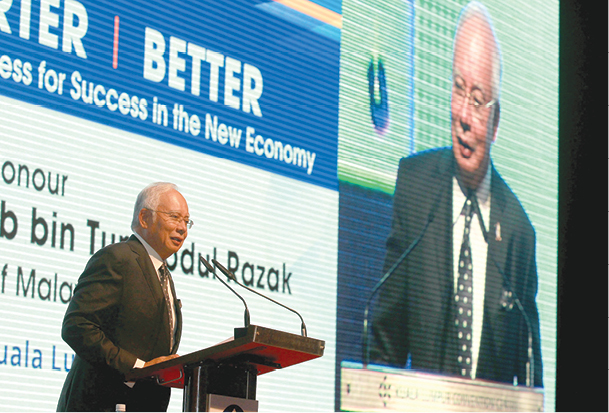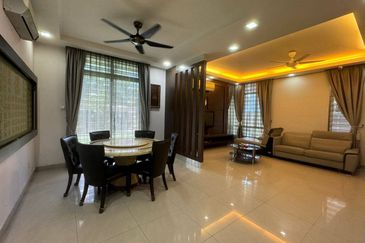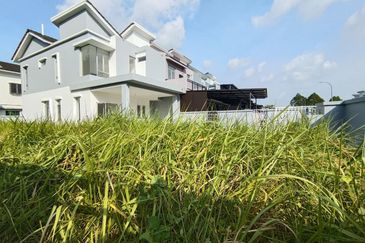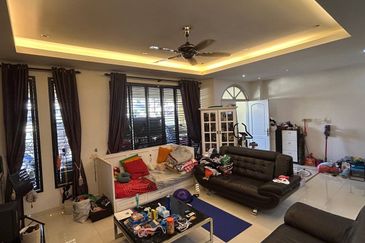
KUALA LUMPUR (Aug 9): House prices in Malaysia will not go down despite current economic uncertainties, due to higher land prices and compliance costs, and increased cost of construction, said Real Estate and Housing Developers’ Association (Rehda).
Instead of declining, the rate of price increase will slow, said Rehda president Datuk Seri FD Iskandar Mohamed Mansor.
“I think with everything having been mentioned, it is impossible for housing prices to go down but it (the rate of increase) can slow down,” he said during a panel session at the National Chamber of Commerce and Industry of Malaysia’s (NCCIM) Economic Forum 2017 yesterday.
FD Iskandar said there should be a holistic approach taken by all stakeholders to address the issue of rising cost for developers.
He also pointed at the higher conversion premium and higher development charges imposed by state governments on developers. “Even the local councils are charging us (developers) on every plan we submit. So these are costs you can’t run away from,” FD Iskandar explained.
Not to be forgotten is the government’s move to raise the levy for steel in February from RM1,700 to about RM2,600 now, he said.
Developers also need to cross-subsidise affordable houses, said IJM Corp Bhd deputy chief executive officer and managing director Datuk Soam Heng Choon.
“We have to do low-cost houses, affordable houses and other housing schemes, which actually increase the cost of other properties,” he said.
On that note, Soam agreed that house prices in Malaysia are unlikely to decline, but will instead see a slowdown in the rate of increase.
“For us in the industry currently, we are looking more at the cash flow rather than profit or loss,” he added.
On a separate issue, Soam said the Malaysian construction industry is on track to achieve the target of 50% Industrialised Building System (IBS) adoption in projects by 2018. He said the adoption is already at about 35% now.
The IBS refers to a technique of construction whereby components are manufactured in a controlled environment, either at site or off site, placed and assembled into construction works.
“The development orders coming out from the Klang Valley now must have an IBS score of 50% for projects that are more than 50,000 sq m ... To me it is not so difficult to move from 35% to 50% but we have to do it gradually,” he said.
Moving forward from 50% adoption, he said the entire value chain needs to be looked at, including issues like whether there are sufficient workers, if there are enough factories producing IBS components, and whether there are competent professionals designing the IBS.
FD Iskandar said Rehda supports the implementation of IBS but there are still few issues that need to be tackled in adopting IBS.
“There is the issue of cost, [and] there is also the perception that when you use IBS, it results in lower-quality construction and numerous other issues,” he said.
FD Iskandar said for IBS to gain traction, the government must take the lead.
“When they give out contracts they themselves must ensure that those people use IBS. When you give incentives, then people will start using IBS, and when a lot of people use IBS, the economies of scale will be there and it will be a successful system for us to use,” he added.
This article first appeared in The Edge Financial Daily, on Aug 9, 2017.
For more stories, download TheEdgeProperty.com pullout here for free.
TOP PICKS BY EDGEPROP

The Gardens @ Mid Valley City
Mid Valley City, Kuala Lumpur

JP Perdana (Jaya Putra Perdana)
Johor Bahru, Johor

Taman Bukit Indah @ Iskandar Puteri
Johor Bahru, Johor

Taman Bukit Indah @ Iskandar Puteri
Johor Bahru, Johor





















